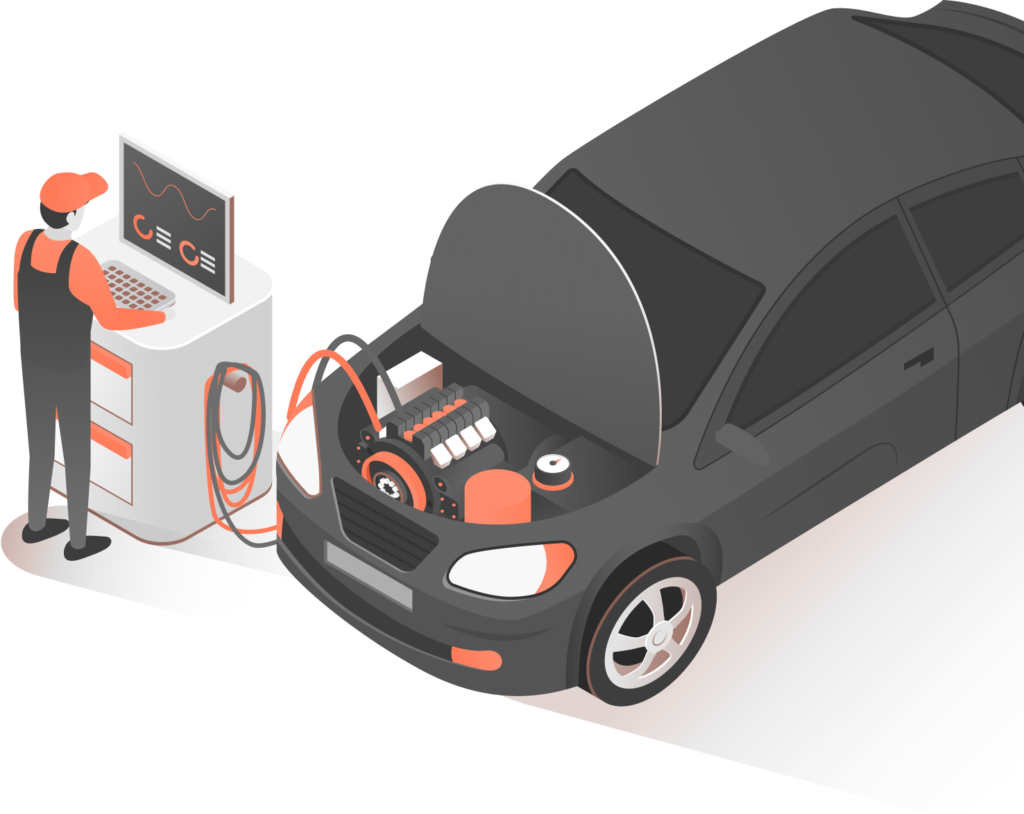As the name implies, a brake booster pressure sensor is a component of the brake system in a vehicle.
Automotive brakes rely on hydraulic pressure to work. When you press on the brake pedal, force is exerted by a pump (the brake master cylinder) through the fluid in a series of tubes to the brake calipers (clamps) at each wheel. The net effect is that, when you step on the brake pedal, the hydraulic force slows and stops your wheels. To help you press the pedal easily, modern vehicles incorporate a power booster attached to the master cylinder.
Brake boosters need vacuum to function. Vehicles with gasoline internal combustion engines provide vacuum to the brake booster continuously. Hybrid, electric, and diesel vehicles, on the other hand, must rely on a special vacuum pump to run the booster.
Whether vacuum is provided by the engine or by the vacuum pump, the brake booster pressure sensor measures the level of negative pressure (vacuum) available to the brake booster at any given time when your vehicle is running.
To replace a brake booster pressure sensor, a technician will likely take the following general steps:


Without a brake power booster, it would be extremely difficult to press the brake pedal hard enough to stop your vehicle. If the brake booster pressure sensor fails, your brake pedal might become stiff or difficult to push. Stopping times and distances might increase, while braking power is reduced. Each of these can lead to a dangerous driving condition. The check engine light or brake warning light might come on, and a diagnostic scan might reveal a trouble code related to the brake booster pressure or vacuum pump.
This is demo Question
This is demo Answer

Related Parts
